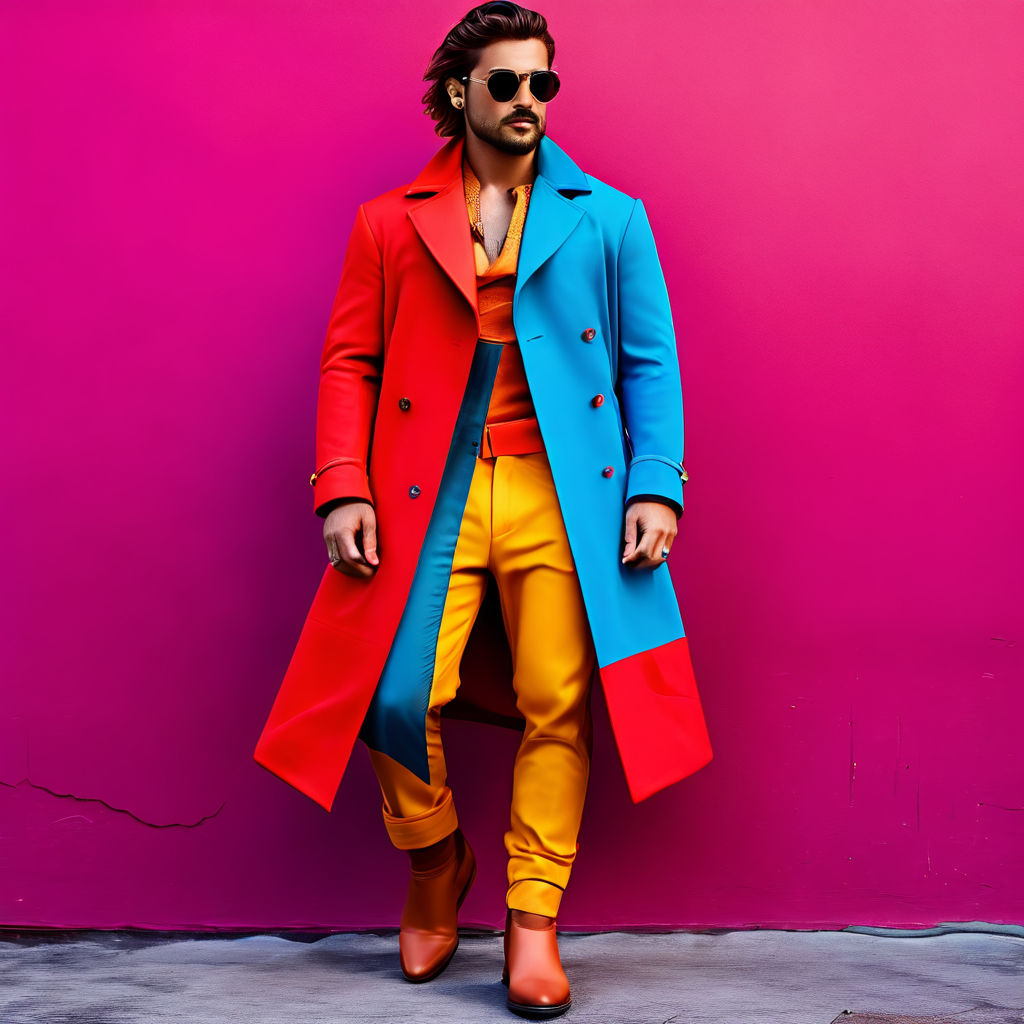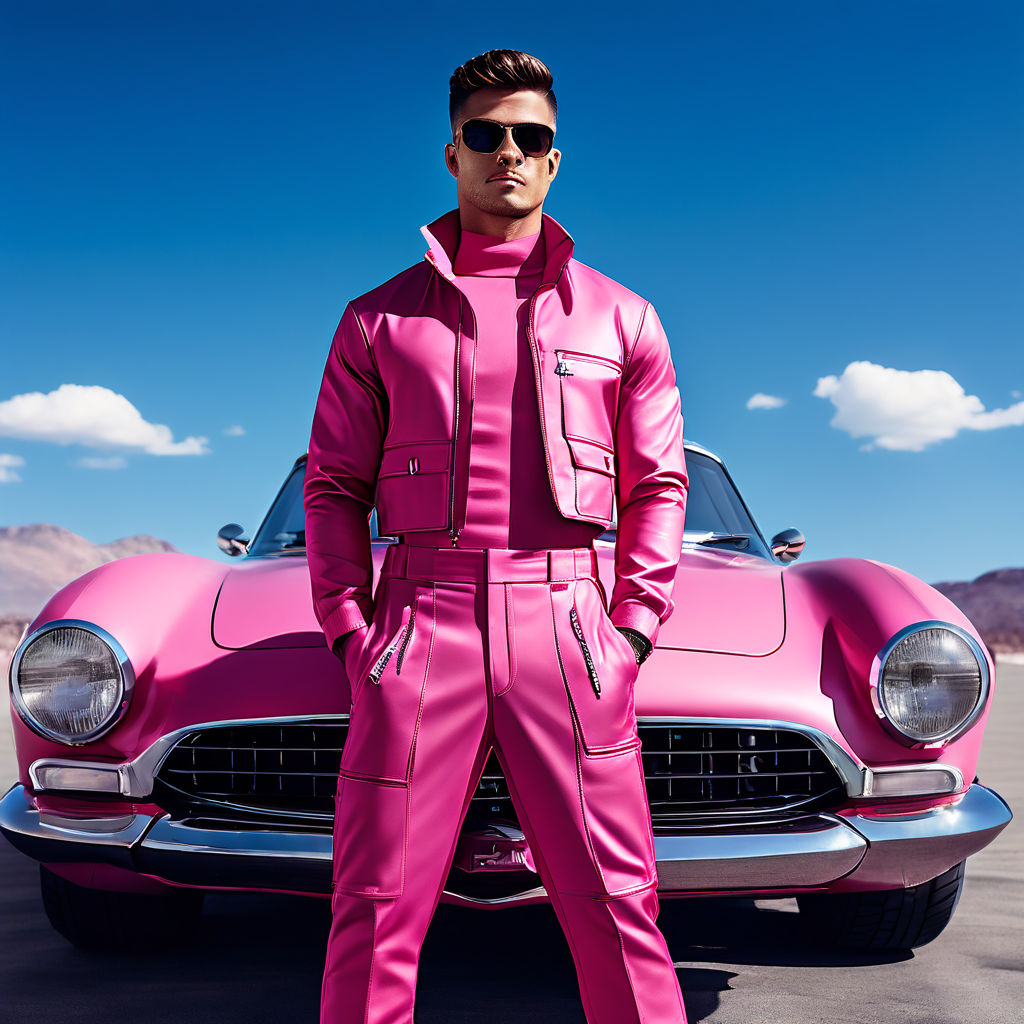During the 1980s, skateboarding underwent a significant cultural shift, evolving from its roots as a niche pastime into a mainstream subculture with its own distinct fashion and style.
In the 1980s, skateboarding experienced a surge in popularity, driven in part by the rise of skateboarding competitions, the proliferation of skate parks, and the release of influential skateboarding videos and magazines.
kateboarding fashion in the 1980s was characterized by a mix of streetwear and athletic apparel. Some key elements of skateboarding fashion during this time included:
-
Baggy clothing: Skateboarders often wore loose-fitting clothing for comfort and mobility. Baggy jeans, oversized t-shirts, and roomy hoodies were staples of the skateboarding wardrobe.
-
Sneakers: Skateboarding footwear was typically high-top sneakers with sturdy construction to withstand the wear and tear of skating. Brands like Vans, Converse, and Nike became popular choices among skateboarders.
-
Graphic tees: T-shirts featuring bold graphics, logos, and designs were ubiquitous in the skateboarding scene. Many skateboarders wore shirts adorned with logos of their favorite skate brands or bands.
-
Thrasher magazine: Thrasher magazine, founded in 1981, became a bible for skateboarders, featuring coverage of skateboarding culture, interviews with pro skaters, and photography capturing the raw energy of the sport. The magazine’s logo, featuring a flaming „Thrasher“ text, became an iconic symbol of skateboarding.
-
DIY aesthetic: Skateboarding culture embraced a do-it-yourself ethos, with many skateboarders customizing their boards, clothing, and skate spots. DIY punk and skate zines also proliferated during this time, contributing to the subculture’s underground ethos.
-
Safety gear: As skateboarding evolved and tricks became more daring, safety gear like helmets, knee pads, and elbow pads became more common, especially in organized competitions and skate parks.
Overall, the 1980s skateboard scene was characterized by a rebellious spirit, DIY creativity, and a distinct sense of style that continues to influence streetwear and youth culture today.


